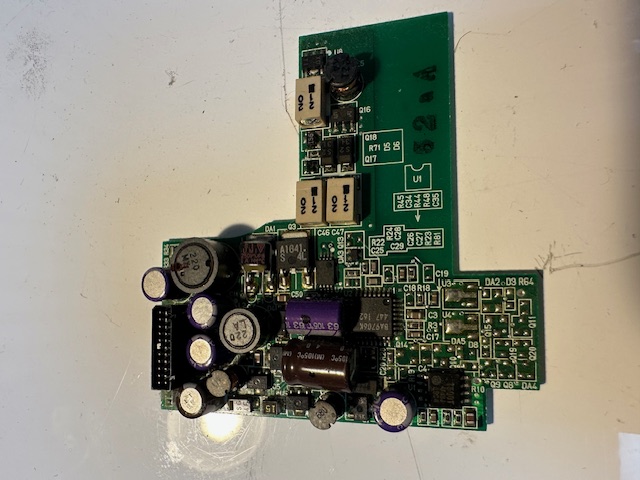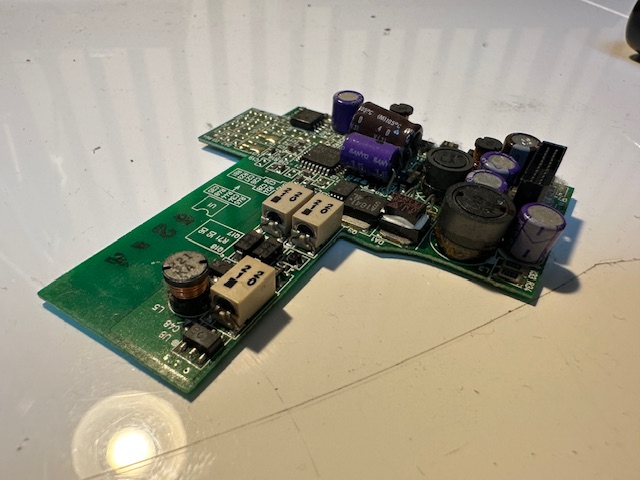The 230cs is the final iteration of the 'monolith' sequence of IBM ultra mobile Thinkpads. There was the original Monolith prototype which was never released, which was succeeded by a production-ready PC110 or PalmTop 110 or PT110 or....TP110. It wasn't allowed to be called a Thinkpad because it wasn't Thinkpad-y enough.

Then there was the Thinkpad 220, which actually wasn't very Thinkpad-y either, because it had a mono screen and a trackball in one corner. Finally, we got a 230cs which is a lovely little machine but it does have two terrible achilles heels:
1) As it originates in Japan only, almost all the screens have succumed to 'Vinegar Syndrome'. I'm midway through trying to get at least 2 of 3 screens working - luckily the Citizen screen in this unit is very easy to disassemble and only has one polarizing layer - the one on top - so less to remove. The LCD also has about 20 tiny through-hole capacitors on the back which do leak and should all be replaced. These citizen screens are one digit off from the PC110 display.
Here is a screen after scrubbing all the hardened snot off:

The scraping of the top layer takes about 90 minutes. The trick is to gradually soak the glue in 100% IPA then do some scraping (everything into the middle) and then repeat.
Here are a couple of pics of the rear:


2) The dreaded Varta battery. The battery itself isn't a problem, but there is a board inside which sits next to the power in put and it's refered to as "84G8486 Power Sub-Card with coils and electrolytic capacitors" which is very very affected by the Vatera battery - as it sits directly below it, sandwiching the battery between itself and the mainboard. This tiny DC board has about 7 through-hole electrolytic caps on it and 3 surface mounted ones which don't necessarily leak, but the gases around them have rotted away tracks - the corrosion has begun to eat away at tracks in the PCB and the legs of both the small proprietary connector to the motherboard as well as the legs off the biggest IC on the board have come loose in various places.
This is a rotten board:


This was one of the very few machines' boards which was unaffected by the battery:



Additionally, after seemingly repairing this board, it took me HOURS trying to work out why a so-called repaired board was working sometimes and not other. Under a microscope the legs which hold the board's main connector down were moving all over the place. I managed to reflow one and get it working.

On the left is a machine with a new replacement colour LCD screen. The machine on the right has an original screen with some damage which appears in big circles on the display.


